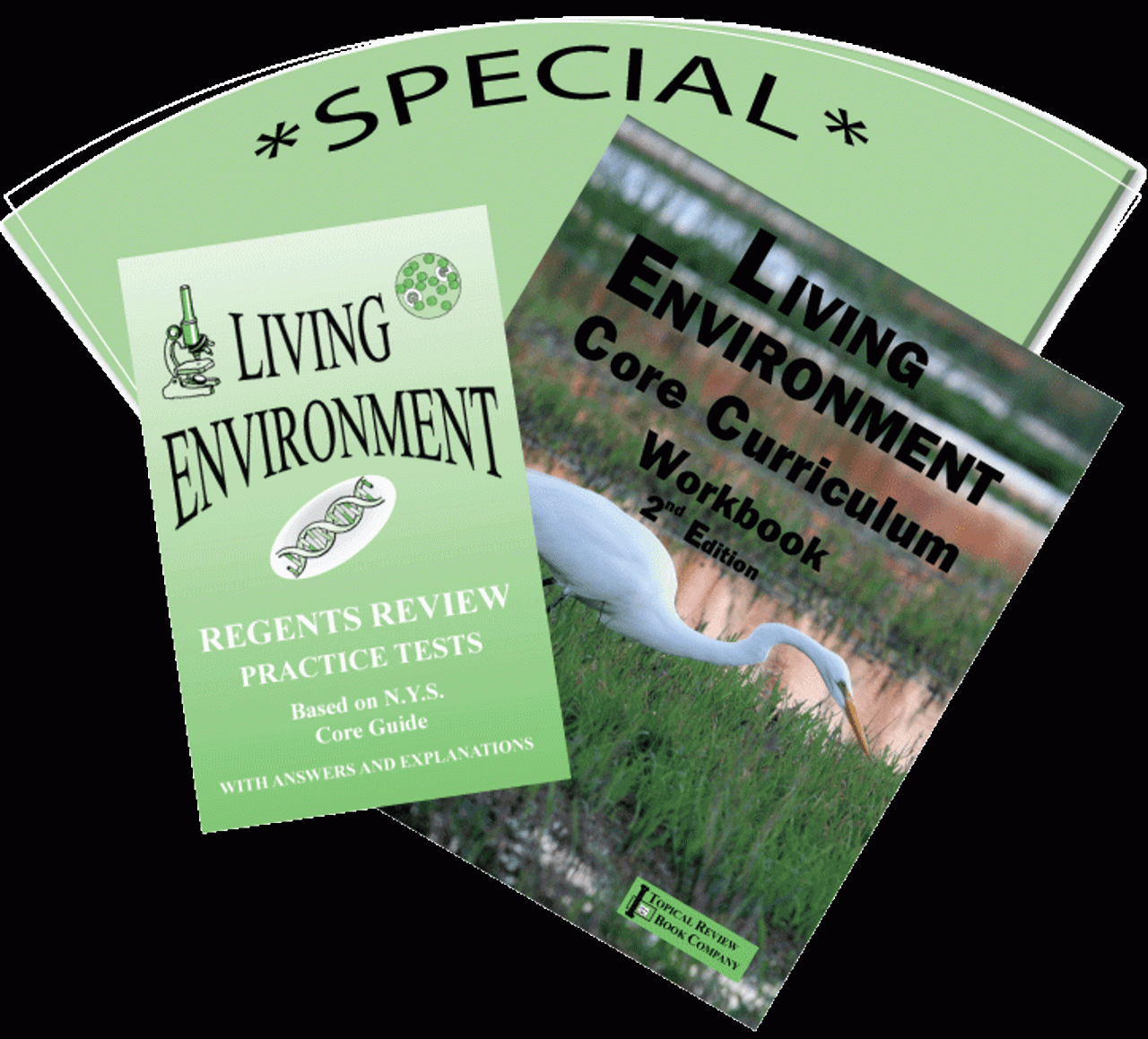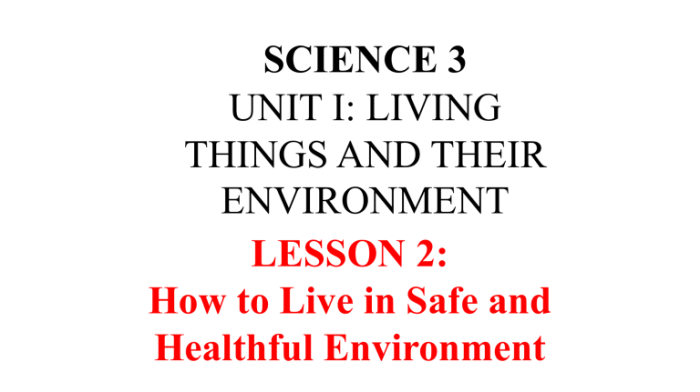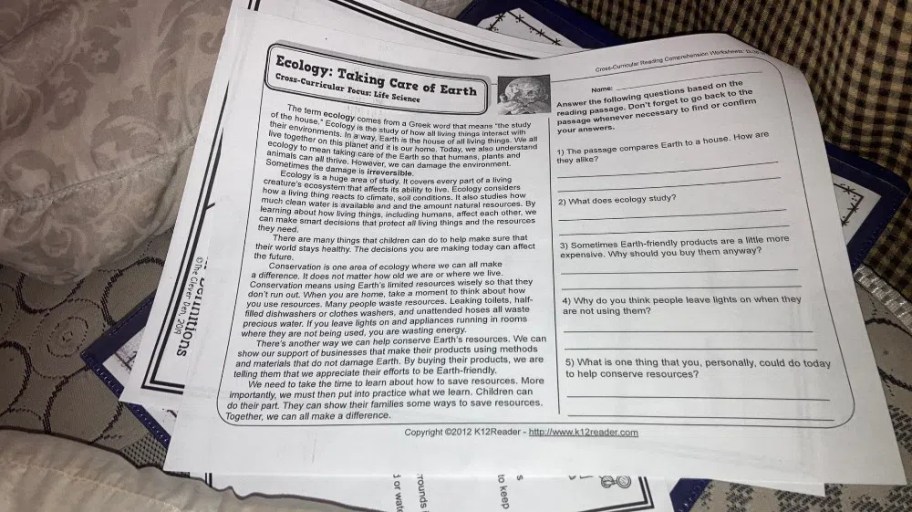Living environment core curriculum workbook 2nd edition answers – Welcome to the world of living environments, where the intricate tapestry of life unfolds before our very eyes. As we delve into the Living Environment Core Curriculum Workbook 2nd Edition, we embark on a journey to unravel the mysteries of ecosystems, biodiversity, and sustainability.
Prepare to be captivated as we explore the interconnectedness of living systems and their profound impact on the world around us.
This comprehensive workbook provides an in-depth examination of the fundamental concepts that govern the living environment. From the microscopic realm of cells to the vast expanse of ecosystems, we will dissect the intricate mechanisms that shape the natural world. Along the way, we will uncover the role of human activities in shaping the environment, and explore strategies for fostering sustainability and conservation.
Key Concepts and Definitions
The Living Environment Core Curriculum Workbook 2nd Edition introduces fundamental concepts in ecology and environmental science. Key terms include:
Ecosystem
A community of living organisms and their physical surroundings interacting as a system.
Biodiversity
The variety of life on Earth, including the different species, their genetic variations, and the ecosystems they inhabit.
Sustainability
The ability of a system to maintain its health and productivity indefinitely.
Biological Systems

The workbook explores biological systems at different levels of organization:
Cells
The basic unit of life, responsible for carrying out life’s functions.
Organisms
Individual living entities, such as plants, animals, and microorganisms.
Populations
Groups of organisms of the same species living in the same area.
Communities
Assemblages of different species interacting within an ecosystem.
Ecological Processes: Living Environment Core Curriculum Workbook 2nd Edition Answers

The workbook highlights key ecological processes that shape the living environment:
Photosynthesis
The process by which plants use sunlight to convert carbon dioxide and water into glucose.
Respiration
The process by which organisms use oxygen to break down glucose and release energy.
Nutrient Cycling
The movement of essential nutrients, such as nitrogen and phosphorus, through the ecosystem.
Human Impacts on the Environment

The workbook examines the significant impacts of human activities on the living environment:
Pollution
The introduction of harmful substances into the environment.
Habitat Loss
The destruction or degradation of natural habitats.
Climate Change, Living environment core curriculum workbook 2nd edition answers
The long-term alteration of temperature and typical weather patterns in a place.
Sustainability and Conservation
The workbook emphasizes the principles of sustainability and conservation:
Sustainability
Meeting the needs of the present without compromising the ability of future generations to meet their own needs.
Conservation
The management of natural resources to ensure their availability for future generations.
Frequently Asked Questions
What are the key concepts covered in the Living Environment Core Curriculum Workbook 2nd Edition?
The workbook covers core concepts such as ecosystems, biodiversity, sustainability, biological systems, ecological processes, and human impacts on the environment.
How does the workbook help students understand the living environment?
Through a combination of clear explanations, engaging activities, and real-world examples, the workbook provides a comprehensive understanding of the living environment and its complexities.
What are some of the conservation strategies discussed in the workbook?
The workbook explores strategies such as habitat protection, species recovery programs, and sustainable resource management to promote biodiversity conservation and ecosystem health.